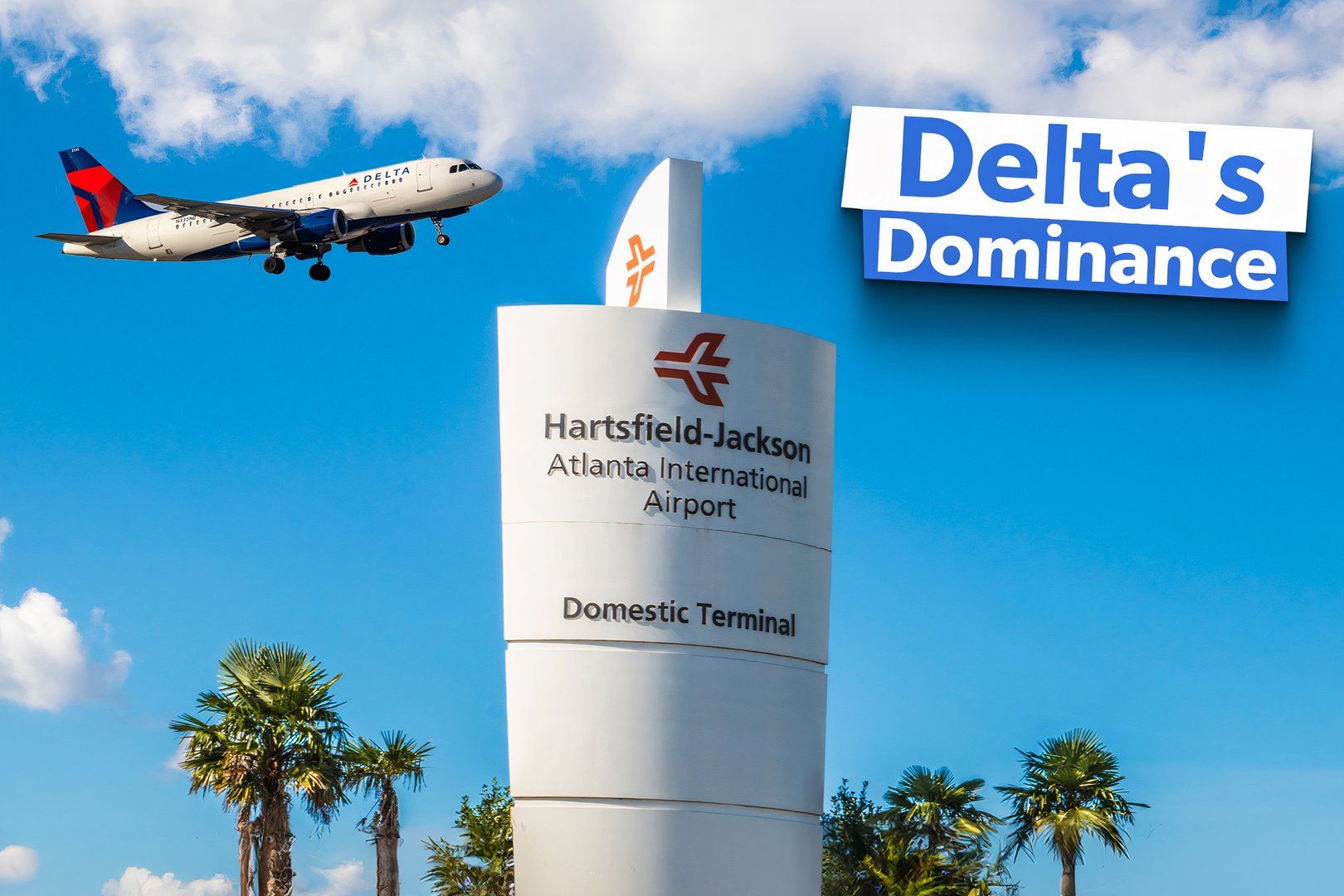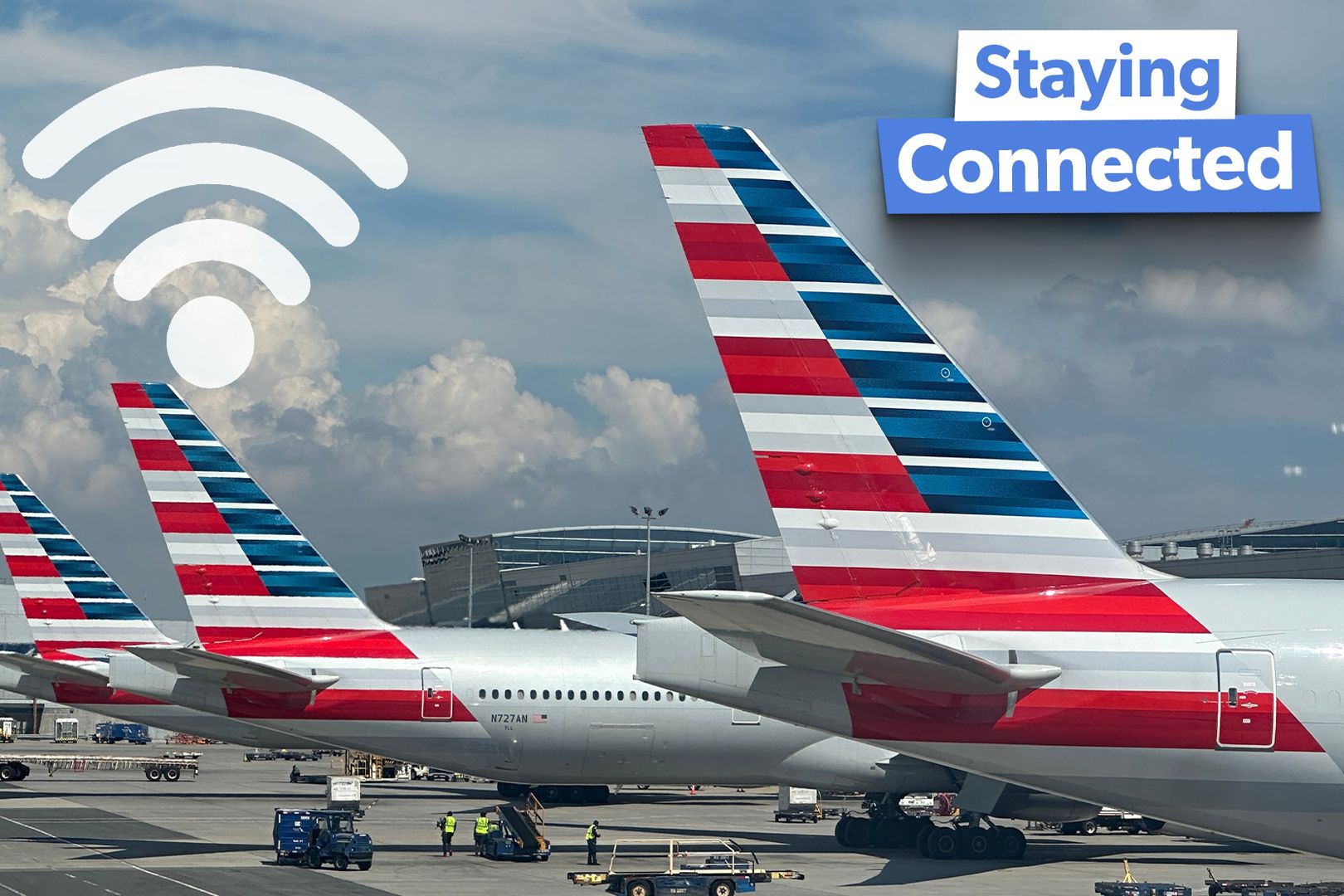Summary Low-cost carriers (LCCs) account for 34% of total domestic capacity in the US, but this varies greatly between states. As one of the top 5 states for air traffic, Georgia stands out for its very low LCC capacity, largely due to Delta's dominance at ATL. No secondary airport in Atlanta and a lack of major leisure destinations also contribute to Georgia's low LCC presence.
Low-cost carriers (LCCs)* in the US have seen a robust rebound since the COVID-19 pandemic, with Southwest , Spirit , and Frontier all experiencing double-digit capacity growth in 2023. As a result, LCCs now account for 34% of all US scheduled airline seats. This is more than double the share that LCCs had just 15 years ago, but when you consider that LCCs have more than half of capacity in most European countries, there is still ample room for growth.
What’s up with Georgia? LCC market share varies significantly by state in the US. Data from aviation analytics provider OAG shows that LCCs already make up two-thirds of the total market in Nevada. In Florida, the second-largest market for domestic air traffic, legacy carriers are under threat as LCCs are rapidly approaching half of all capacity.
But one of the top five US states for domestic air traffic stands out: Georgia. Despite being the nation's 8th-largest state economy and home to the world’s busiest airport , the LCC capacity share is less than half the national average at just 16.9%.
Why is this? The US has the world average for low-cost a.


















